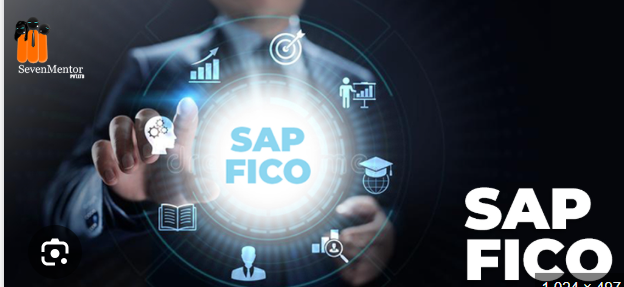Global Language – English is spoken in over 70 countries, making it the most commonly used language for communication worldwide.
Career Opportunities – Many top companies prefer employees who can speak fluent English, giving you a competitive edge in job markets.
Higher Education Access – Most prestigious universities and academic resources are in English, making it essential for advanced studies.
Better Communication Skills – Learning spoken English helps you express yourself clearly and understand others more effectively.
Visit At – Spoken English Classes in Solapur
Boosts Confidence – Being able to speak English fluently makes you more confident in public speaking, interviews, and everyday conversations.
Easier Travel – English is the primary language used in international travel, making it easier to communicate in airports, hotels, and tourist spots.
Access to Information – A large portion of books, articles, research papers, and websites are in English, giving you a wealth of knowledge.
Social & Professional Networking – English allows you to connect with people globally, whether for friendships, business, or professional growth.
Enhances Personality – Fluent English speakers often appear more professional and presentable, improving their social image.
Visit At – Spoken English Course in Solapur
Entertainment & Media – Understanding English enables you to enjoy movies, TV shows, music, and online content without translation barriers.
0


